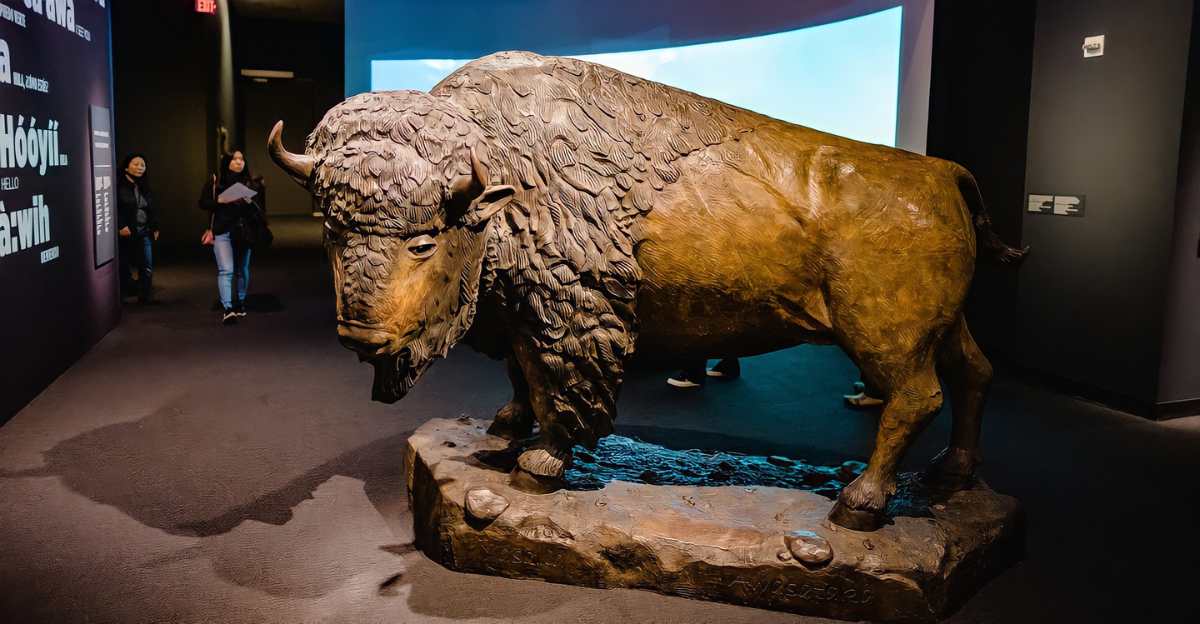
For Native American peoples, animals are seen as partners and guides, not just as part of the background.
Over the centuries, animals have appeared in sacred stories, acting as messengers or teachers from the spirit world. Tribes learned essential lessons from how animals lived, hunted, traveled, or shared food.
By carefully watching animal behavior, people developed systems of respect and harmony, encouraging everyone to treat nature and each other with dignity and care.
More Than Emblems
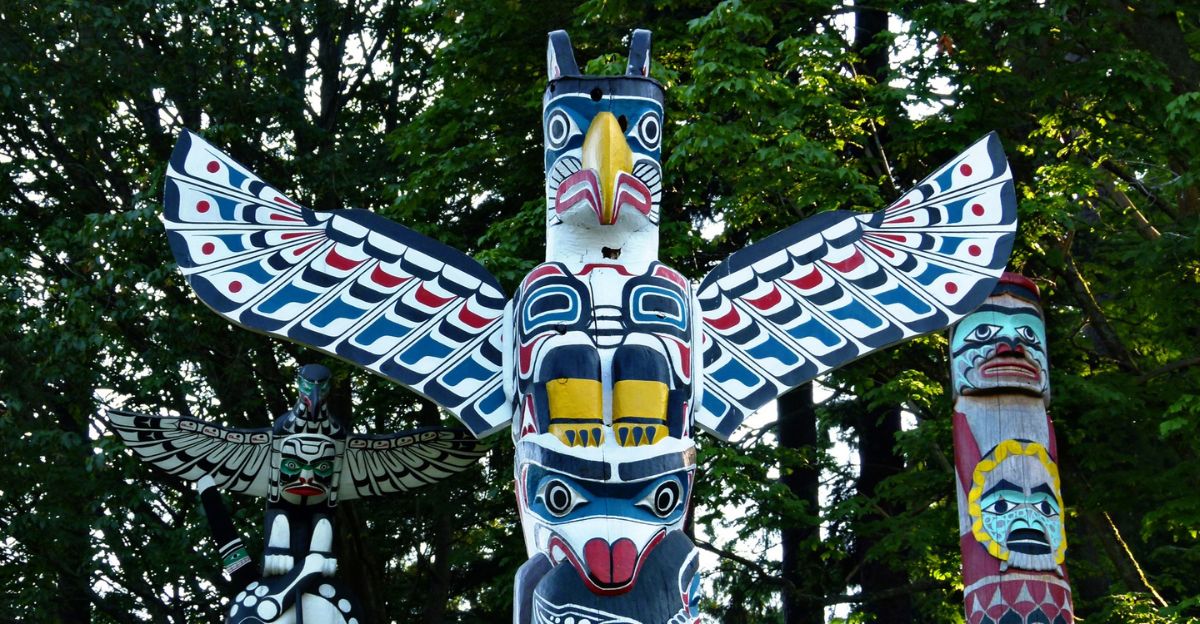
Totem animals are much more than decorations or lucky charms in Native tradition. For many families or whole tribes, a totem is a spiritual animal relative—a helper and protector passed down through the generations.
Identifying with that animal means acting with respect toward it, sometimes even having rules against harming it.
Special ceremonies and collective prayers help keep this connection alive and balanced, assisting groups to celebrate their shared ancestors and unique identities.
Art as a Vehicle for Symbolism
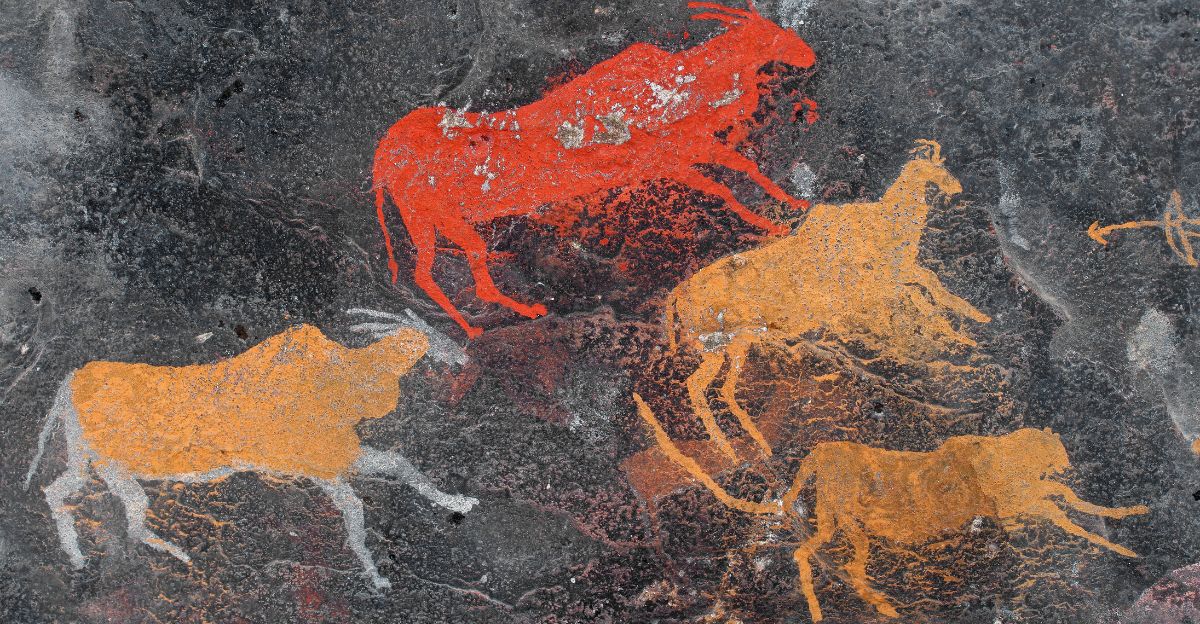
Animal imagery fills Native art, from beadwork to large totem poles. Each animal design or carving tells its own story and offers a lesson—a bear on pottery reminds us of healing.
At the same time, an eagle in jewelry celebrates vision or bravery.
These symbols aren’t used randomly; artists place each animal image with deep intention, connecting family history, tribal values, and spiritual meaning, ensuring that each work of art is also a living lesson for the community.
Messengers Between Worlds

In many Native cosmologies, animals act as messengers carrying wisdom from the world of spirits. Shamans and elders might look to animal dreams, strange animal encounters, or even particular animal cries as signs from ancestors or the creator.
Stories often describe dramatic journeys where animals cross from one world into another, offering guidance, warnings, or inspiration for daily life.
Tribal Nuances Across the Continent
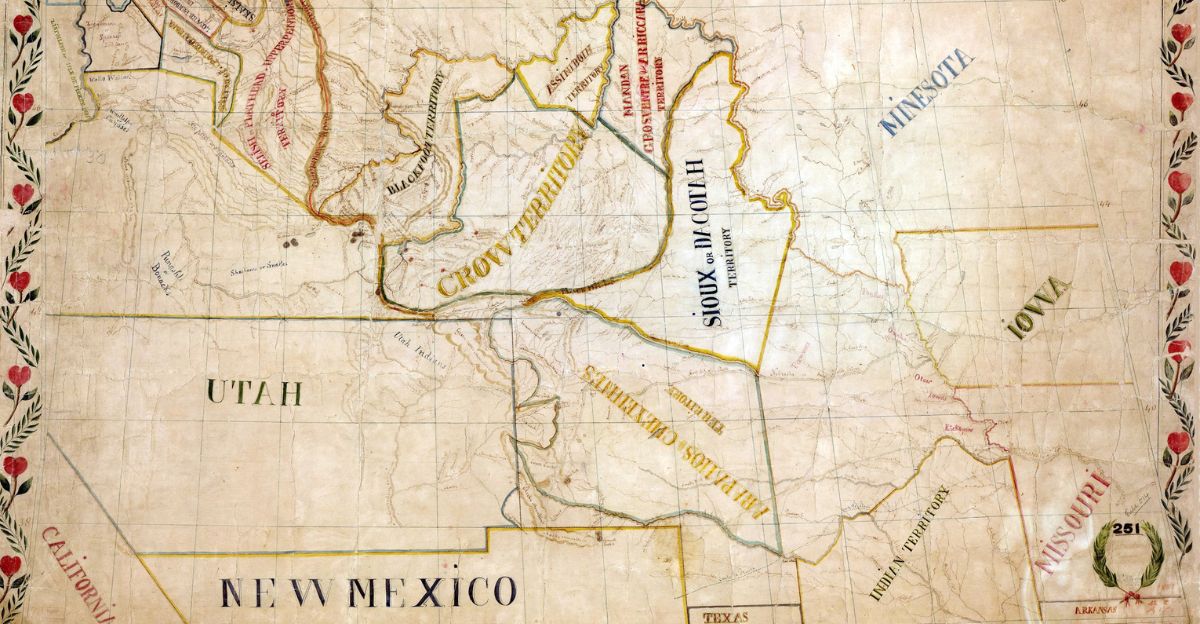
In the stories of a coastal tribe, one animal might be a powerful friend, but it might also play a trickster or bring warnings to the plains people.
For example, the bear is seen as strong and wise in some tribes but as a force of punishment and a teacher of balance in others.
These differences come from thousands of years of living in different lands, among other plants and animals—all shaping how each tribe interprets its animal legends and lessons.
Animal Encounters as Teaching Moments

In traditional beliefs, meeting a specific animal is an experience to reflect on.
The meaning isn’t generic: the message changes depending on the person’s life, what is happening in the community, and how elders interpret the sign.
For one, a fox might signal that quick thinking is needed, while an owl’s visit may suggest caution or transformation. These encounters help people make sense of their lives and solve problems.
Nature’s Storylines Shaped by Place
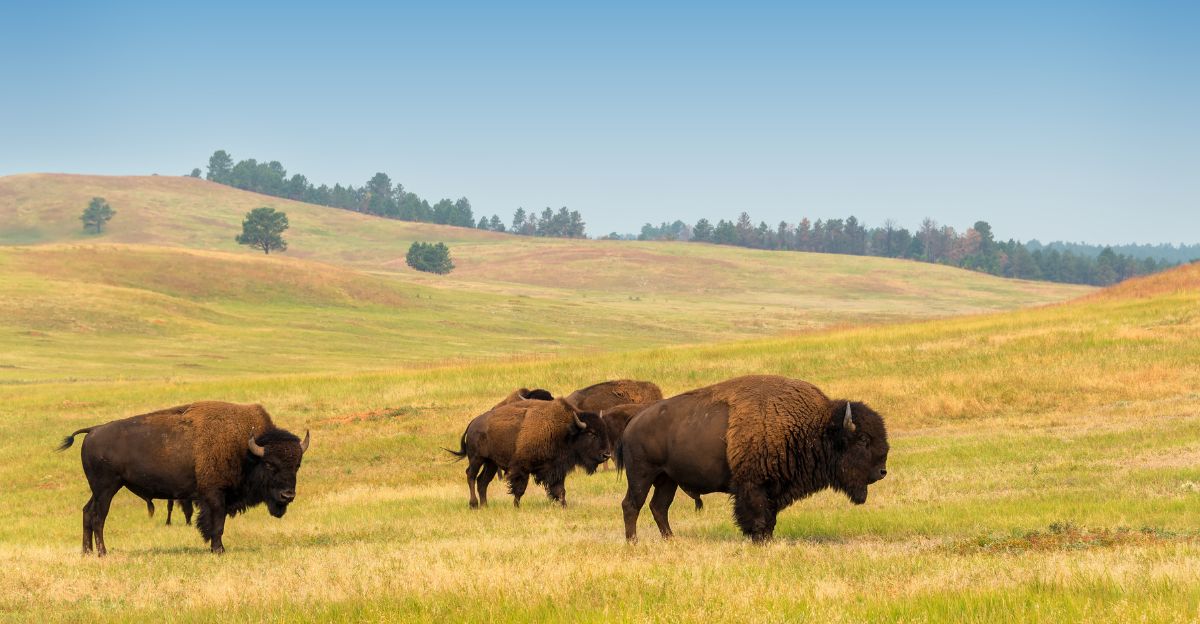
The landscape shapes the animals in each tribe’s stories and teachings. For coastal tribes, creatures like salmon or raven feature in legends about creation or cleverness.
On the plains, buffalo and wolves are at the heart of countless tales about survival, teamwork, and abundance.
Animal stories deeply connect human communities to their homes’ rhythms and cycles by reflecting what life is like in each environment.
1. Bear
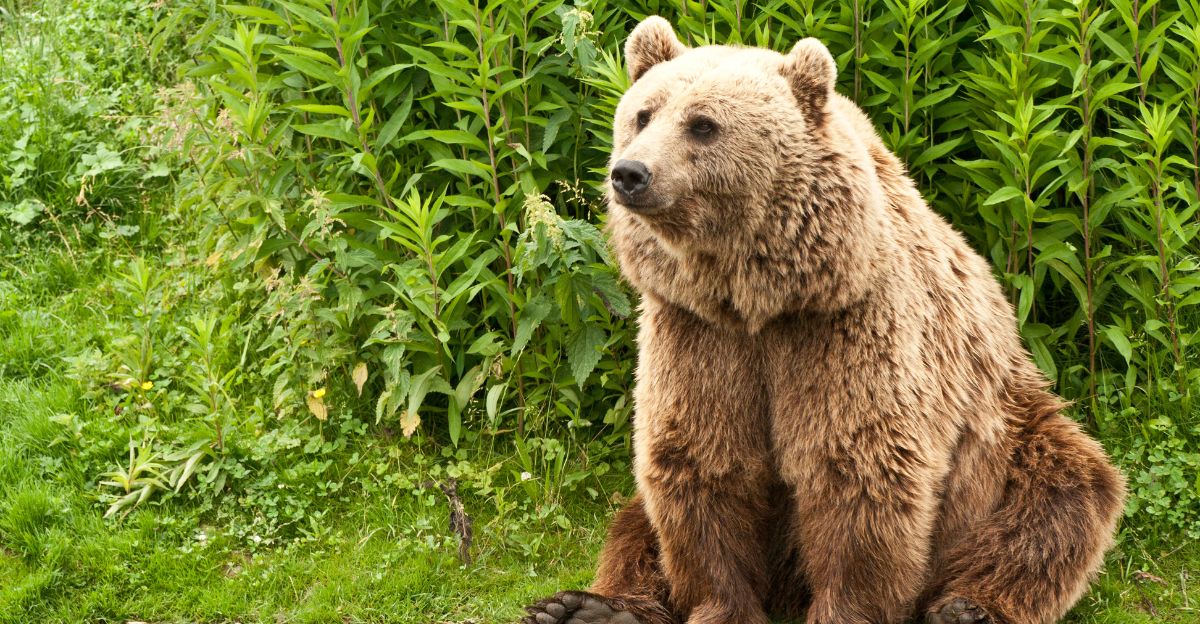
Bears are powerful helpers in many tribal traditions, often called upon for healing and strength. Watching a bear’s winter hibernation taught people lessons about taking time to rest and renew.
In ceremonies, people in the medicine channel the bear’s spirit for help in healing or facing hardship. The bear’s reputation for courage, survival, and profound wisdom has symbolized power and gentle care throughout Native cultures.
2. Wolf
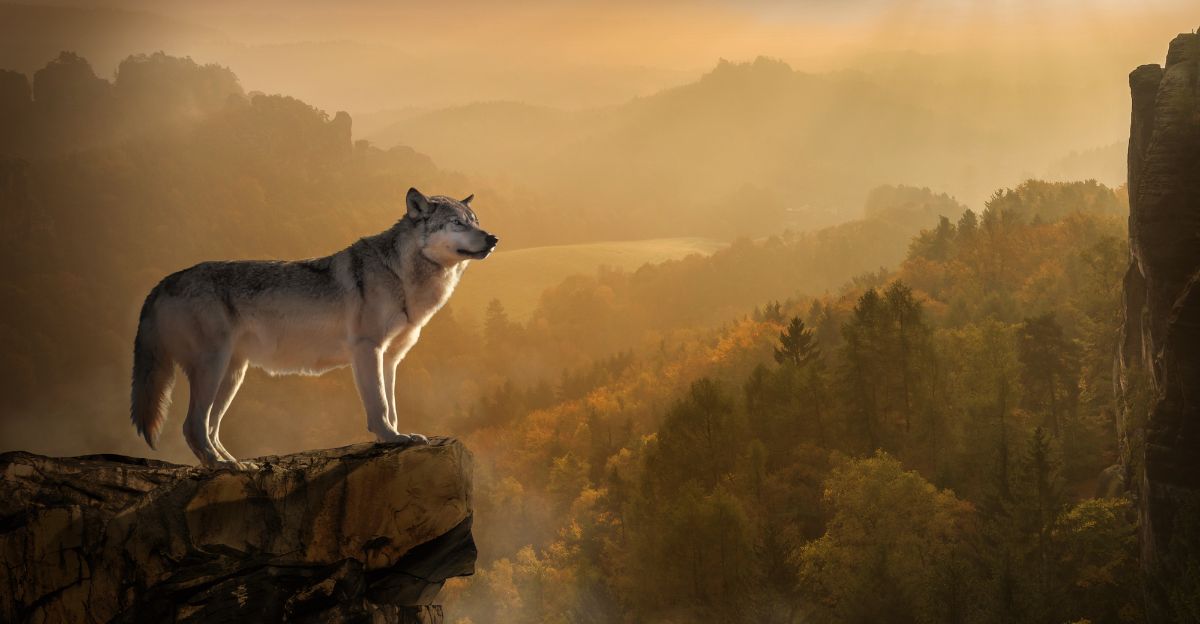
Native stories about wolves focus on their loyalty and teamwork. Wolves live in packs and survive because they cooperate, follow leaders, and communicate well.
Tribal teachings tell people to act like wolves—supporting one another, respecting leaders, and remembering that group success matters as much as any one person’s.
Wolf dances, art, and family names pass on lessons about community, clear roles, and the spirit of sharing burdens and triumphs.
3. Eagle
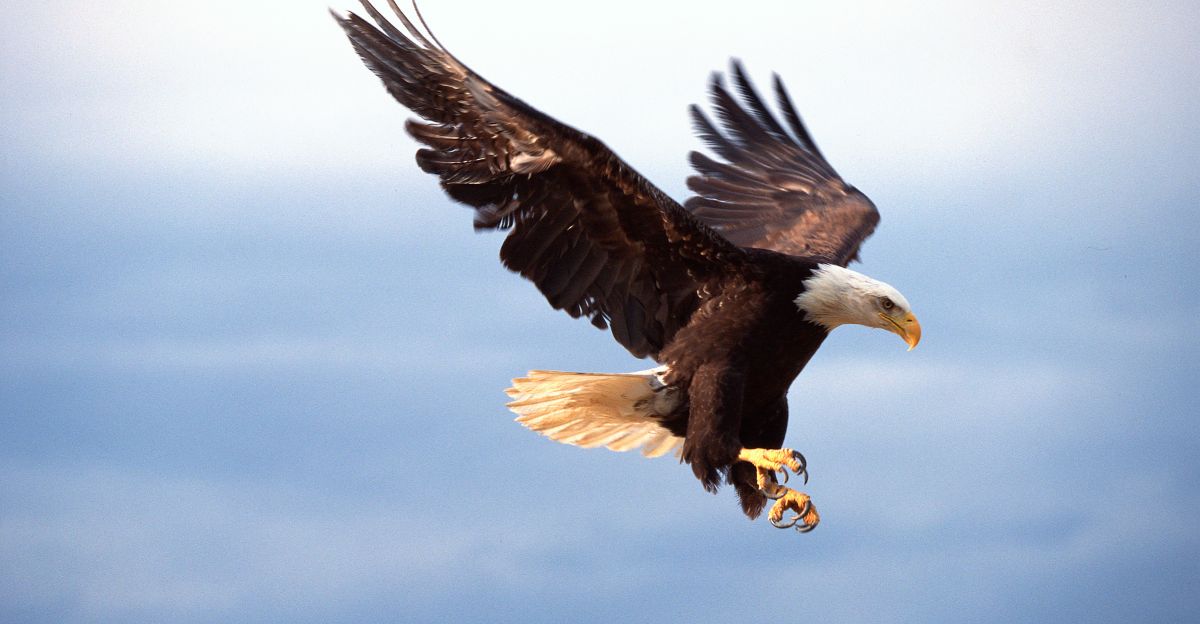
The eagle is one of the most respected and sacred animals in Native American culture. Soaring higher than other birds, the eagle is thought to carry prayers to the creator, acting like a bridge between this world and the spirit realm above.
Eagle feathers are treasured and only given in special ceremonies to honor acts of bravery or leadership and remind people to aim for a higher purpose, vision, and strong spiritual connection.
4. Buffalo
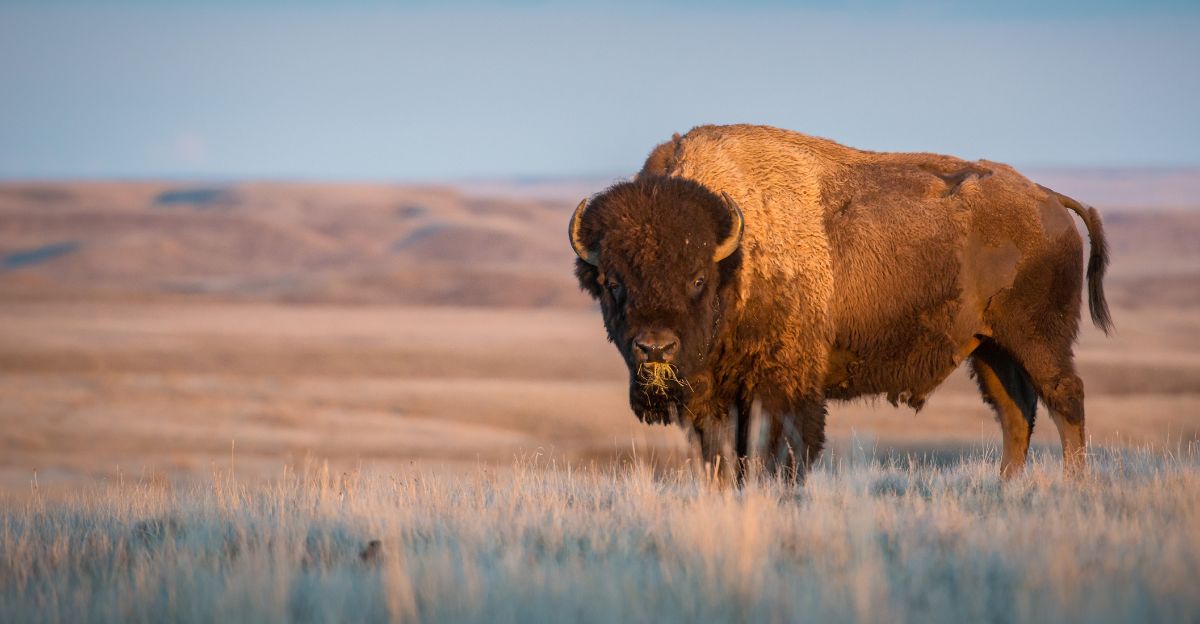
For many Plains tribes, the buffalo was the heart of survival, providing food, clothing, and shelter. Its migrations set the rhythm for essential ceremonies, hunting, and gathering.
Buffalo stories teach gratitude and stewardship, reminding everyone to take only what they need and waste nothing. Special dances and rituals thank the buffalo’s spirit each year, building a culture that values the gift of life and community support.
5. Turtle

As in Iroquois stories, the turtle often appears in creation tales, sometimes carrying the world on its back.
Turtles symbolize protection with their strong shells, patience with slow, steady movement, and lasting life. Some tribes associate the turtle with feminine power and the earth’s cycles of growth and renewal.
Turtle motifs in jewelry or baskets honor these qualities, linking families to the earth’s strength and reliability.
6. Coyote
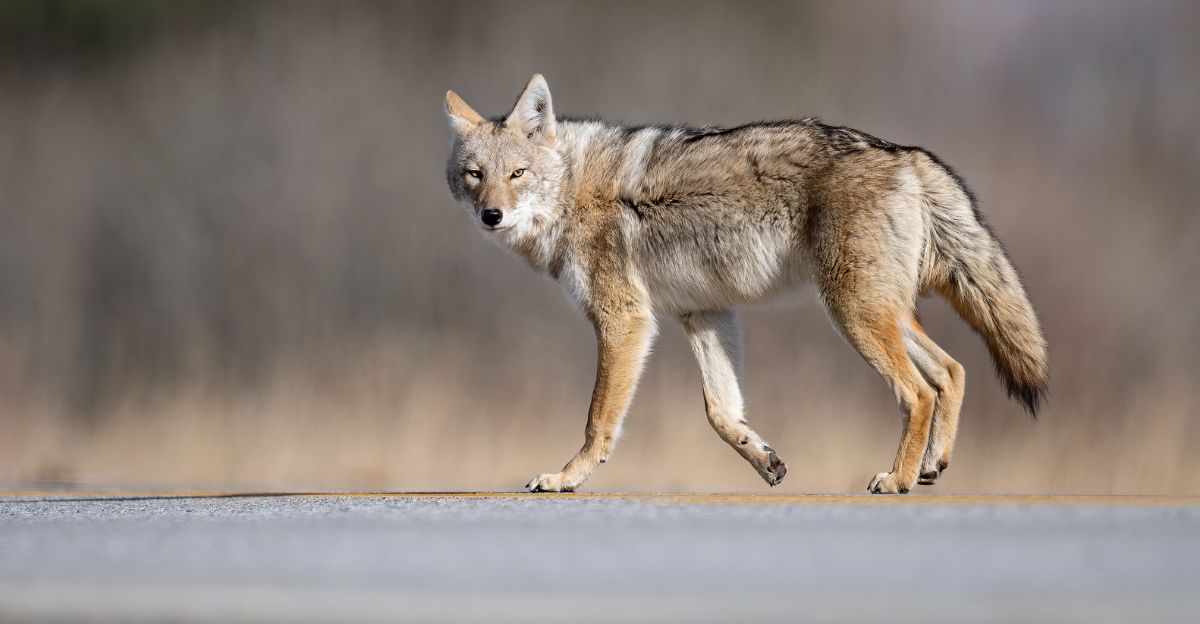
Coyote appears in story after story as the clever trickster who outsmarts enemies or falls into trouble through his own schemes.
This animal isn’t always a hero—sometimes, coyote lessons come through failure or facing the consequences of bad choices.
By laughing at or learning from Coyote’s adventures, listeners are reminded to stay humble, adapt to changes, and see that wisdom and mistakes offer valuable teachings.
7. Deer
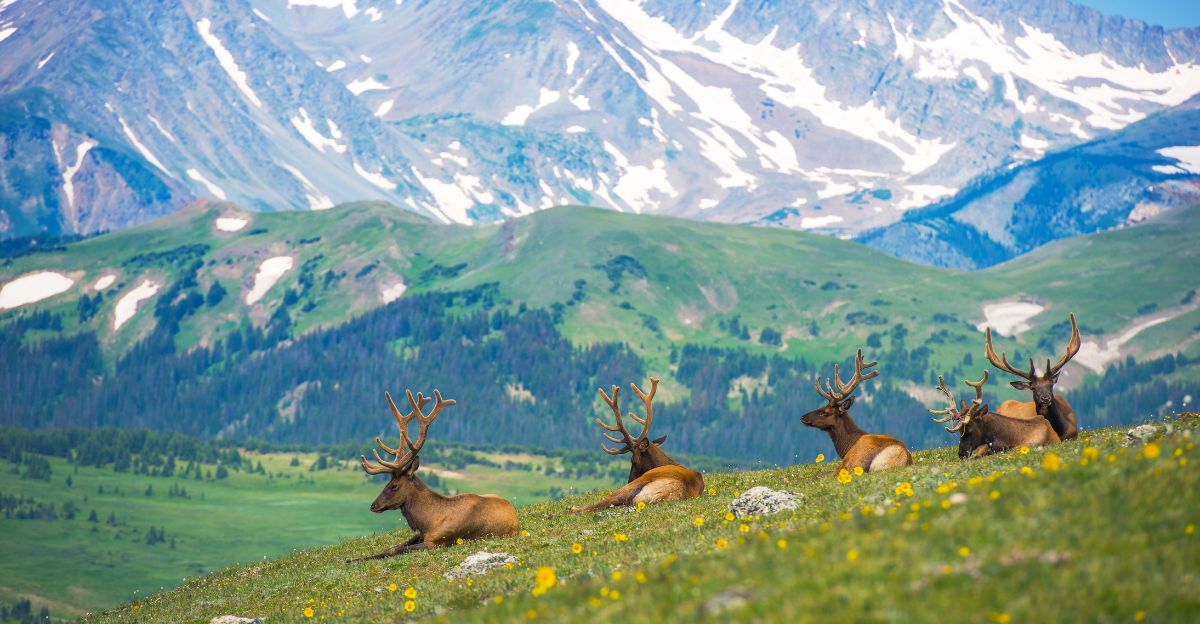
Deer teach gentleness, watchfulness, and quiet strength. Their appearance in stories often signals a need for kindness, careful listening, or peaceful solutions to conflict.
In some tales, deer help souls travel safely to the next world. In others, they remind people to move through life with care and alertness, showing that true power can come from being aware, graceful, and choosing calm paths.
8. Raven
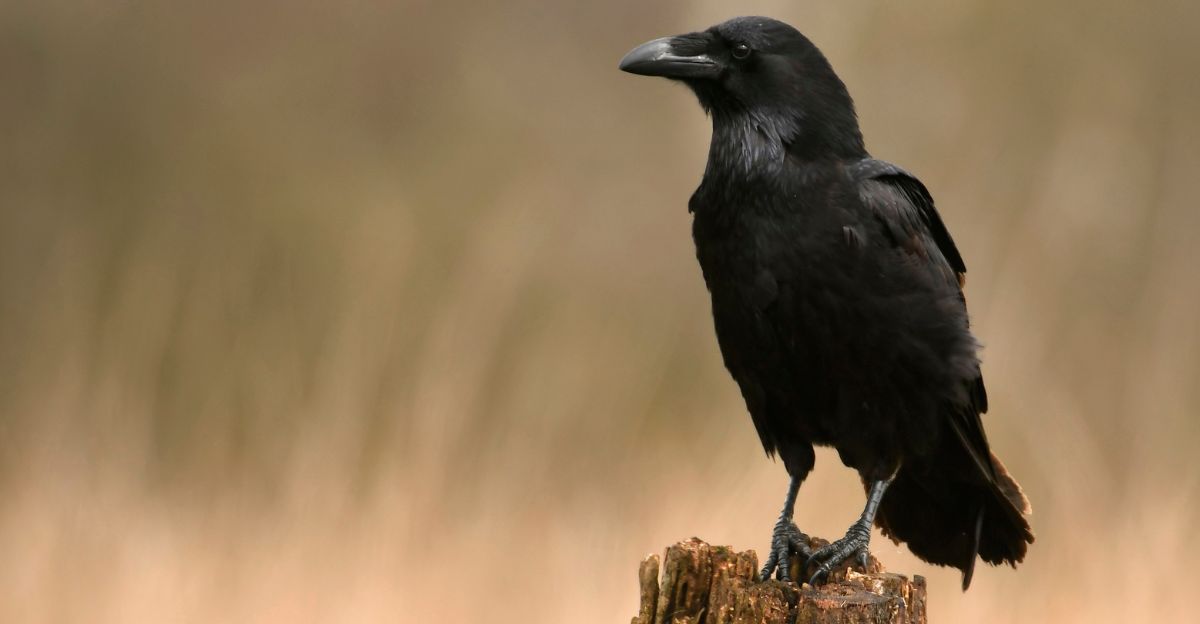
In Pacific Northwest stories, the raven is a creative and mysterious figure—a bringer of light, a maker of mischief, or a problem-solver who pushes for progress.
Raven’s actions often have surprising, sometimes unintended, positive results.
From Raven’s story, listeners learn that perseverance, ingenuity, and embracing change can help spark new beginnings and overcome difficulties, even in dark or confusing times.
9. Thunderbird
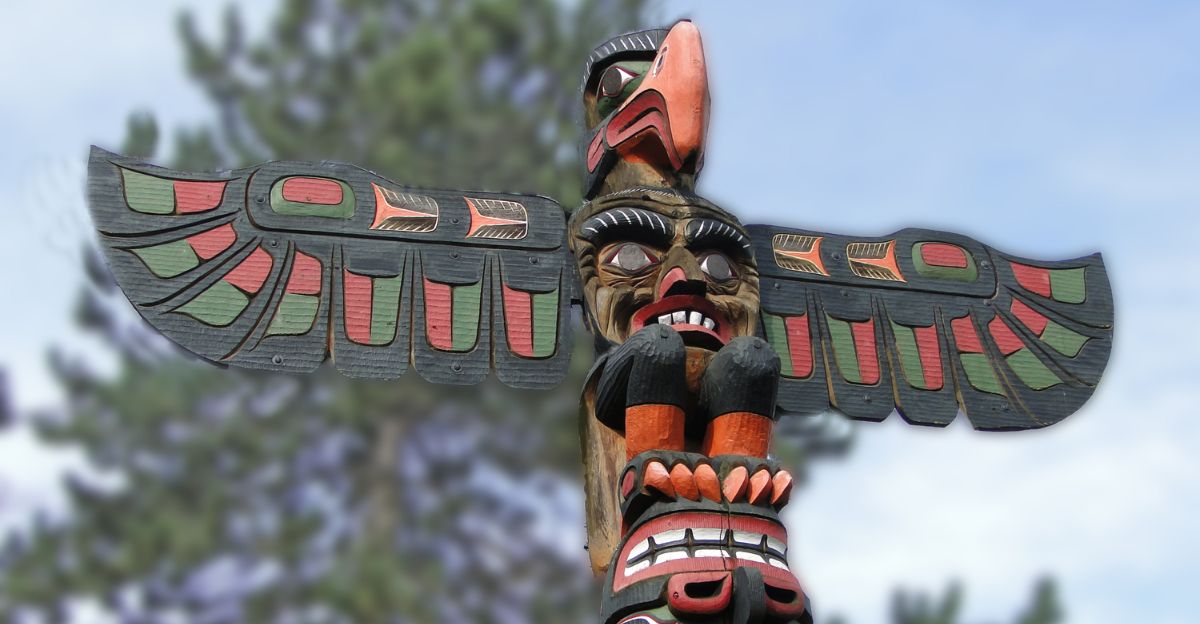
The thunderbird is a mighty spirit bird known for its massive wings and storms. In tribal legend, the thunderbird controls thunder and lightning, defeats monsters, or brings needed rain.
People see thunderbirds as protectors during times of crisis and respect their power as a reminder that nature’s strongest forces deserve humility and awe.
Carvings, dances, and stories celebrate the thunderbird’s energy and its role in restoring order.
10. Owl
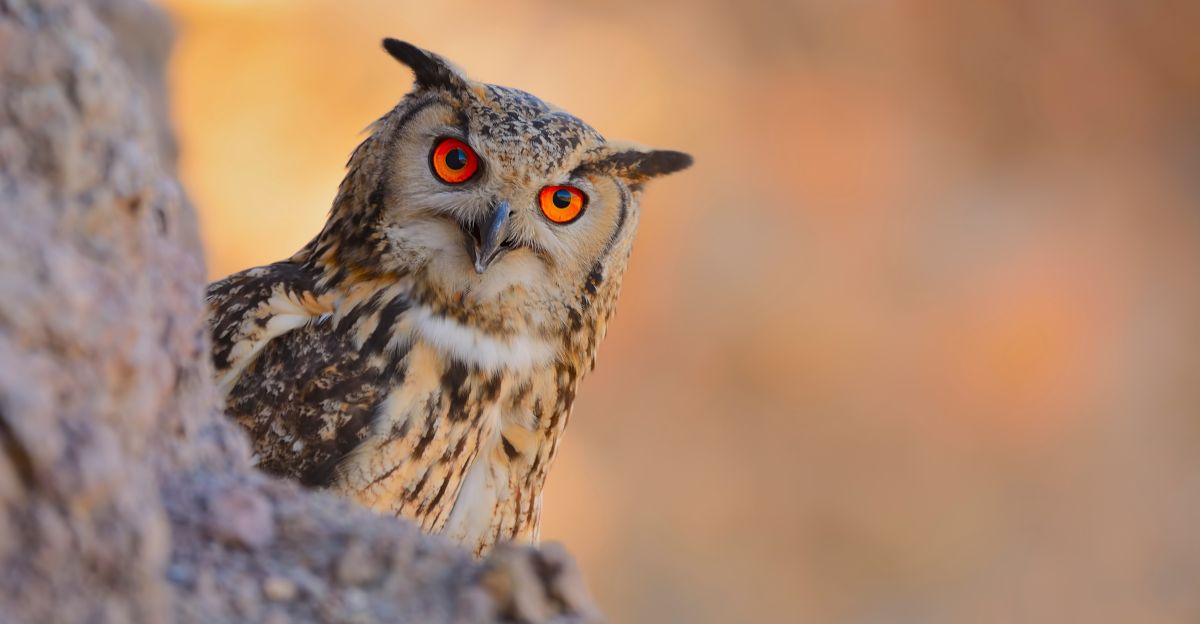
Owls are respected and feared in Native stories. With their silent flight and ability to see in the dark, owls symbolize wisdom, secrets, or changes coming soon.
While some tribes connect owls with myths about death or omens, others see them as guides through mystery or the unknown.
Listening for an owl’s call teaches people to respect what is hidden and to approach change thoughtfully.
11. Fox
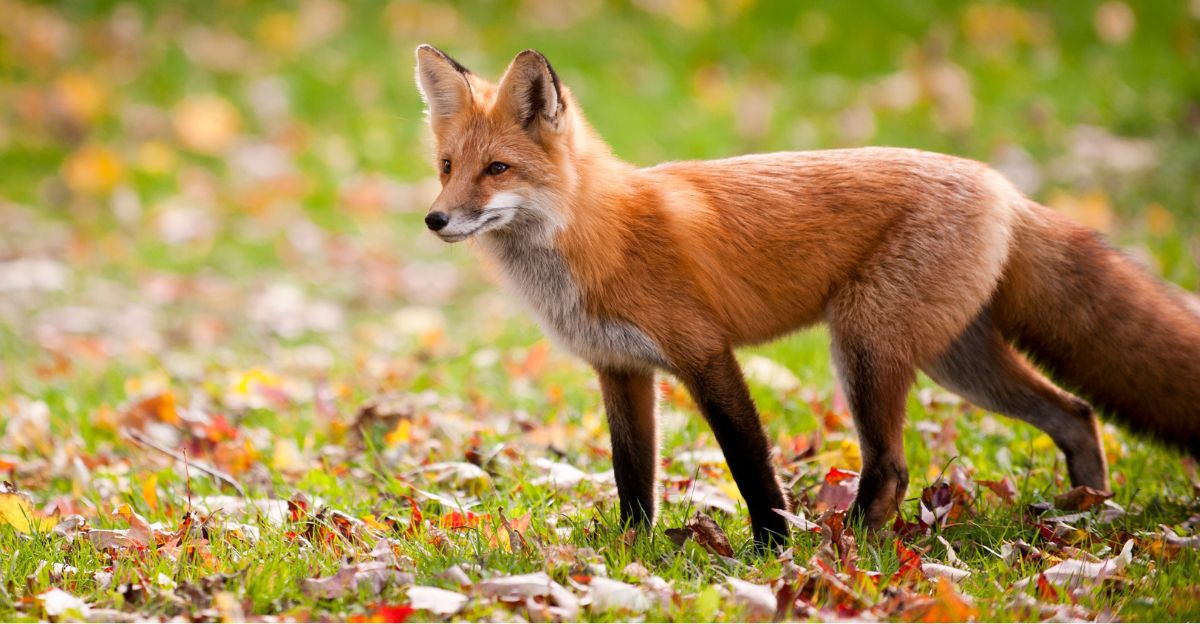
The fox is admired for its cleverness and ability to adapt quickly. Fox stories remind people to use their intelligence for good reasons, blending in when needed or taking quick action.
They also warn that honesty must balance trickery—too much slyness might create mistrust.
Fox wisdom helps people stay alert and creative without losing the trust or support of their community.
12. Beaver

Stories celebrate beavers for their building skills and hard work. By watching beavers build dams and lodges, tribes learned about planning, teamwork, and taking care of the land.
Beavers show that creating strong homes and communities takes effort and cooperation. In art and stories, the beaver reminds people of the rewards of working together and improving things for the next generation.
Nature’s Guidance in a Modern World
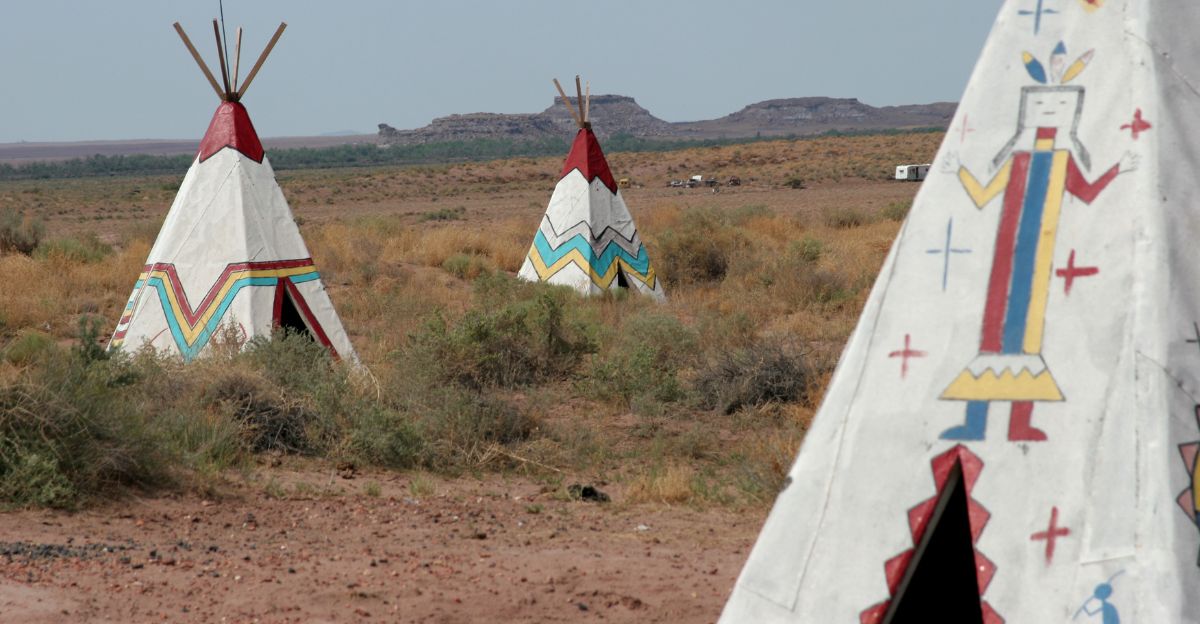
All these animal stories hold meaning for today’s world. Even as life changes and technology grows, lessons about respect, teamwork, careful planning, and adapting to change still guide Native communities.
Honoring animals and their stories helps preserve cultural traditions, supports community strength, and teaches future generations to live in harmony with the earth and each other.
Animal wisdom continues to inspire and unite, no matter the age.